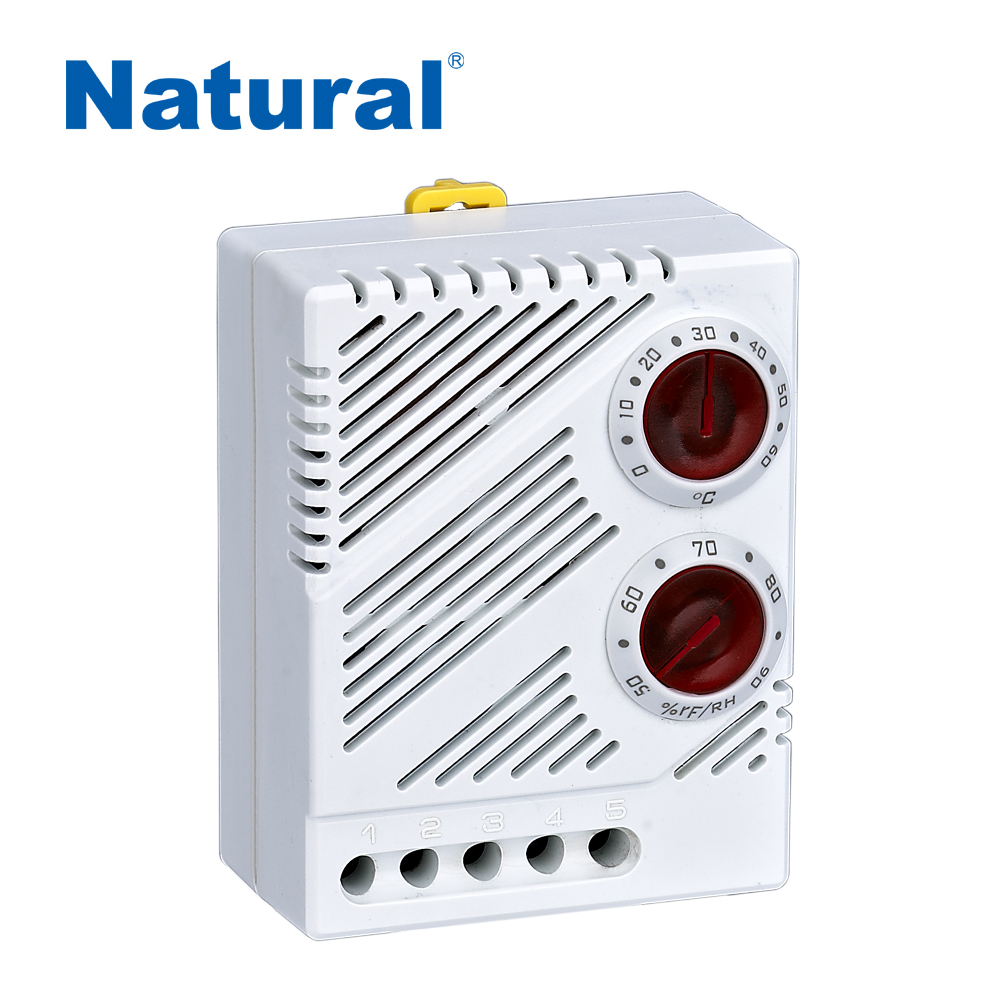An electronic hygrostat is a crucial component in maintaining optimal humidity levels, especially in environments where moisture control is essential. This device plays a pivotal role in industries such as agriculture, manufacturing, and even in our homes. In this article, we will delve into the workings of an electronic hygrostat and explore its applications and benefits.

The Basics of an Electronic Hygrostat At its core, an electronic hygrostat is a humidity-sensitive device that controls humidity levels by turning on or off a connected humidification or dehumidification system. It acts as a smart regulator, ensuring that the ambient humidity remains within a preset range. This is achieved through the use of sensors that measure the relative humidity (RH) of the surrounding air. When the humidity deviates from the desired level, the hygrostat triggers the connected system to either release moisture or reduce it. How Electronic Hygrostats Work Electronic hygrostats employ a combination of sensors and controls to manage humidity levels effectively. The most commonly used sensor is a capacitive humidity sensor, which measures the dielectric constant of the surrounding air. As humidity changes, the dielectric constant also varies, allowing the sensor to accurately determine the relative humidity. The sensor’s readings are processed by the control circuitry of the hygrostat. This circuitry compares the actual humidity with the setpoint humidity. When the actual humidity exceeds the setpoint, the hygrostat sends a signal to activate a connected dehumidification system, which might include fans or dehumidifiers. Conversely, if the humidity falls below the setpoint, the hygrostat triggers a humidification system to release moisture into the environment. Applications of Electronic Hygrostats Indoor Agriculture: Greenhouses and indoor farms rely on electronic hygrostats to create optimal conditions for plant growth. Precise humidity control enhances photosynthesis and prevents mold and fungal growth. Manufacturing: In industries like pharmaceuticals and electronics manufacturing, maintaining consistent humidity levels is critical. Hygrostats prevent moisture-related damage to sensitive equipment and products. Museums and Archives: Artifacts, documents, and historical items are susceptible to deterioration due to incorrect humidity levels. Electronic hygrostats help preserve these items by ensuring stable humidity environments. Residential Use: Humidity control is essential for comfort and health at home. Electronic hygrostats in HVAC systems help regulate indoor humidity levels, preventing issues like mold growth and respiratory problems. Benefits of Using Electronic Hygrostats Energy Efficiency: Electronic hygrostats minimize energy consumption by activating humidification or dehumidification systems only when necessary, leading to cost savings. Preservation: In environments where delicate items are stored, electronic hygrostats play a pivotal role in preserving valuable artifacts and materials. Health and Comfort: Maintaining optimal humidity levels improves indoor air quality, reducing the risk of allergies and respiratory issues. Automation: These devices automate humidity control, reducing the need for constant manual adjustments. In conclusion, the electronic hygrostat is a vital tool that enhances various industries and our daily lives by ensuring precise humidity control. By utilizing advanced sensors and control systems, electronic hygrostats contribute to energy efficiency, product preservation, and overall well-being. As technology continues to evolve, these devices are likely to become even more sophisticated, further optimizing humidity management in diverse environments.